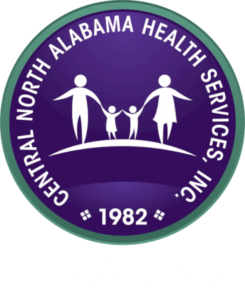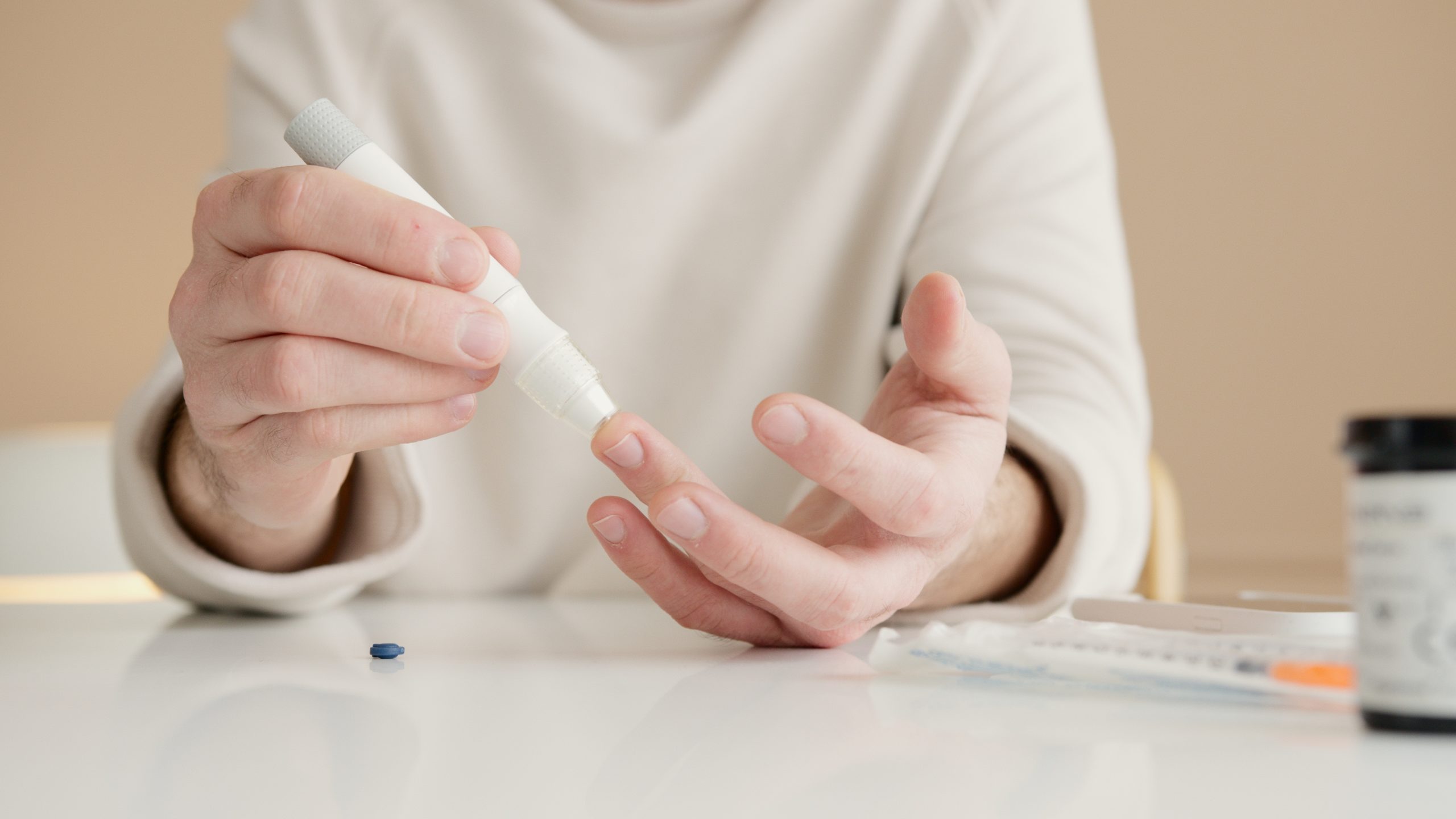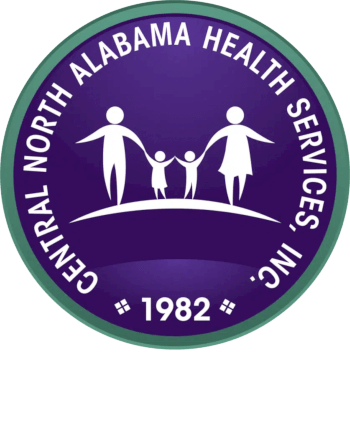Navigating Diabetes: Lessons Learned from a Weekend Session
Navigating the abundance of diabetes information out there can be overwhelming. It becomes even more challenging when conflicting advice leaves you unsure about what to believe. You’ve got Aunt Kim saying, “Don’t eat this and that!” and Dr. Google giving you more mixed signals than a dysfunctional traffic light. We get it, which is why we organized a weekend session on diabetes featuring Registered Dietitians from Restoring Bodies Fitness & Nutrition Services. In this blog post, we’ll highlight key insights from this informative session to empower you to live strong with diabetes!
Key Takeaways from the Diabetes Session:
1. Get to Know Your Body:
Often, advice about nutrition for people with diabetes is given as a one-size-fits-all solution. The challenge with this approach is that we’re all unique individuals with different bodies and needs. That’s why investing time in understanding your own body is crucial. Recognizing how different foods affect your body is vital for efficiently managing blood sugar levels and overall well-being.
While one person with diabetes might need to cut back or eliminate specific foods altogether, another individual with diabetes might do just fine with these same food items. Regularly monitoring your blood sugar levels and maintaining a log can reveal patterns and can help you understand what works for you and what doesn’t. Familiarizing yourself with your body isn’t just a suggestion – it’s a basic step! If you are experiencing fluctuating blood sugar levels, sharing your log readings with your primacy care provider will serve useful in modifying your diabetes plan.
Download your diabetes log here: https://issuu.com/cnahsi.com/docs/blood_sugar_log_
2. The Plate is Powerful:
Maintaining a balanced diet is crucial for ensuring that you receive all the necessary nutrients while keeping your blood sugar levels in a healthy range. It may seem wise to eliminate certain elements from your meal plan; however, restricting your diet can lead to unintended consequences, potentially resulting in deficiencies of crucial minerals and vitamins. So, how can you guarantee nutrient intake and blood sugar management? The solution lies in the Diabetes Plate Method.
The Diabetes Plate Method
The Diabetes Plate Method is a simple and visual way to plan balanced meals for individuals with diabetes. It helps manage blood sugar levels by providing a guideline for portion control and choosing a variety of foods. This method empowers you to craft meals with a healthy mix of vegetables, protein, and carbohydrates, ensuring a well-rounded approach to nutrition.
Putting the Diabetes Plate into Practice
In the session, participants embraced the challenge of preparing their Thanksgiving dishes using the Diabetes Plate Method, and the results were pleasantly surprising. This method’s flexibility allowed individuals to enjoy a diverse array of foods, from traditional favorites like mashed potatoes and turkey to culturally inspired dishes. It was exciting to witness that managing diabetes doesn’t have to mean sacrificing the pleasure of beloved foods. The Plate Method not only accommodated various tastes and preferences but also empowered participants to make mindful choices, demonstrating that a diabetes-friendly Thanksgiving can be both delicious and satisfying.
Learn more at https://www.diabetesfoodhub.org/articles/what-is-the-diabetes-plate-method.html.
3. Important Basic Guidelines to Follow:
Managing diabetes involves relying on proven and established methods. While diabetes is a personal journey, there are general guidelines to incorporate into your diabetes management. We explored different scenarios that individuals with diabetes might encounter, including guidelines to follow when facing a situation such as low blood sugar or hypoglycemia.
Scenario: Low Blood Sugar
Uh-oh! Your blood sugar has dropped too low—a common occurrence for people with diabetes. While it might be tempting to quickly consume whatever food is on hand to boost sugar levels, “winging it” in this situation can result in a rollercoaster effect, with blood sugar levels fluctuating between low and high. Instead, follow the tried and trusted 15-15 rule to bring your blood sugar back to normal.
If you find yourself with low blood sugar ranging between 55-69 mg/dL, use the 15-15 rule to avoid the rollercoaster effect. This involves consuming 15 grams of carbohydrates and checking your blood sugar after 15 minutes. If it remains below your target range, repeat the process until it stabilizes.
Knowledge Empowers
While diabetes is a personal journey, there are universal rules that can empower everyone with diabetes. By adhering to these basic guidelines, you gain the knowledge to manage your blood sugar effectively in various situations. Remember to consult with your primary care provider to understand what guidelines you need to be following. Taking control of your diabetes becomes more achievable when armed with the right information.
4. Movement Matters for Everyone:
If you’re living with diabetes, incorporating physical activity into your routine can make a big difference. Not only does it help your body use insulin better, but it also keeps your blood sugar levels in check and lowers the risk of heart disease and nerve damage. Even if you’re dealing with mobility issues, there are ways to enjoy the perks of movement in your daily life.
Small Changes, Big Results!
Let’s talk about small changes with big impacts! Instead of sitting through TV commercials, get up and walk around or do some push-ups around the house. Turn your chores into a dance party by cranking up the music—it’s a fun way to sneak in some exercise. If mobility is a challenge, there are plenty of movement activities you can try.
The key is to squeeze in as much movement as you can. It all adds up! Make it fun! Find an activity that brings you joy, whether it’s a relaxed bike ride, yoga, or playing with your kids. Physical activity doesn’t have to be a boring task—it can be something you genuinely enjoy, and guess what? No need for a gym membership!
Even if you’re dealing with arthritis, mobility issues, or other limitations, regular physical activity is still doable. The trick is to choose activities that are safe and match your lifestyle and preferences. Before you start a new exercise plan, talk with your healthcare team for guidance.
Learn more about exercising with mobility issues here https://www.diabetescarecommunity.ca/diet-and-fitness-articles/physical-activity-articles/arthritis-mobility-issues-and-exercise/
Take Action: Live Healthy!
We thank the registered dietitians from Restoring Bodies Fitness & Nutrition Services for an interesting discussion with Central North Alabama Helath Services, Inc. If you have been diagnosed with diabetes, remember you are not alone in your journey! Health professionals like your primary care provider and registered dietitians are here to support you along the way.




